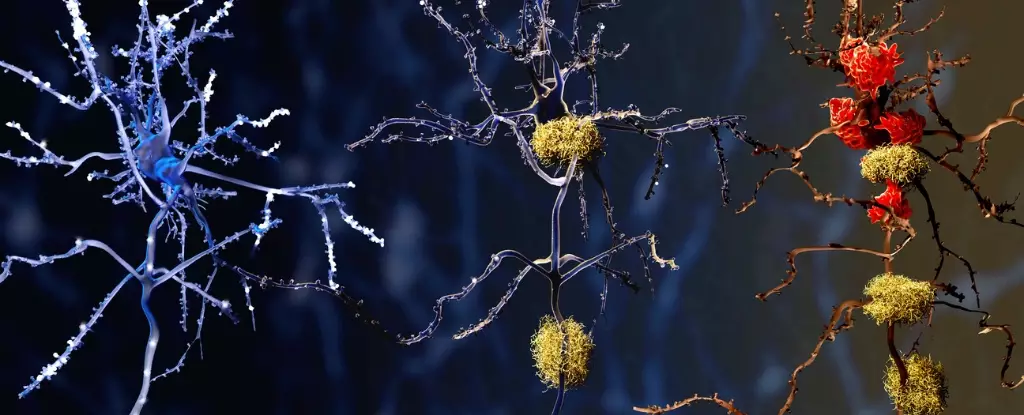The recent research led by the University of Washington has shed light on the differences in how immune cells, particularly microglia, behave in the brains of individuals with Alzheimer’s disease compared to those with healthy brains. Microglia are crucial immune cells that play a significant role in maintaining brain health by clearing waste and maintaining normal brain function. However, the study revealed that in individuals with Alzheimer’s disease, microglia were more frequently in a pre-inflammatory state, which could potentially make them less protective.
In response to various stimuli such as infection or cell death, microglia have the ability to transform into a more active state to combat invaders and clean up debris. They also play a role in pruning synapses during brain development, which is essential for proper brain function. While the specific contribution of microglia to Alzheimer’s disease is not fully understood, it is evident that in individuals with the condition, some microglia tend to react excessively, leading to inflammation that can contribute to the death of brain cells.
The study conducted by University of Washington researchers, Katherine Prater and Kevin Green, analyzed brain autopsy samples from individuals with Alzheimer’s disease and healthy controls to study the gene activity of microglia. The team used a novel method to enhance single-nucleus RNA sequencing, allowing them to identify ten different clusters of microglia in the brain tissue based on their gene expression profiles. Interestingly, three of these clusters had not been previously identified, with one being more prevalent in individuals with Alzheimer’s disease. This particular type of microglia exhibited increased expression of genes associated with inflammation and cell death.
Overall, the researchers found that microglia clusters in the brains of individuals with Alzheimer’s disease were more likely to be in a pre-inflammatory state, suggesting a heightened risk of producing inflammatory molecules that can damage brain cells and accelerate the progression of the disease. These microglia types were also found to be less protective, compromising their ability to effectively clear debris and promote healthy brain aging. Additionally, the study indicated that microglia may have the capability to change types over time, emphasizing the importance of tracking their behavior to better understand their role in Alzheimer’s disease progression.
While the research is still in its early stages, it has provided valuable insights into the genetic profiles and behavior of microglia in Alzheimer’s disease. The identification of specific microglia clusters as potential targets for new treatments offers hope for the development of therapies that could enhance the lives of individuals affected by the condition. By understanding how these cells contribute to Alzheimer’s disease, researchers aim to uncover ways to modify their behavior and potentially mitigate the pathological processes associated with the disease. The ultimate goal is to develop innovative therapies that could positively impact the lives of individuals living with Alzheimer’s disease.


Leave a Reply